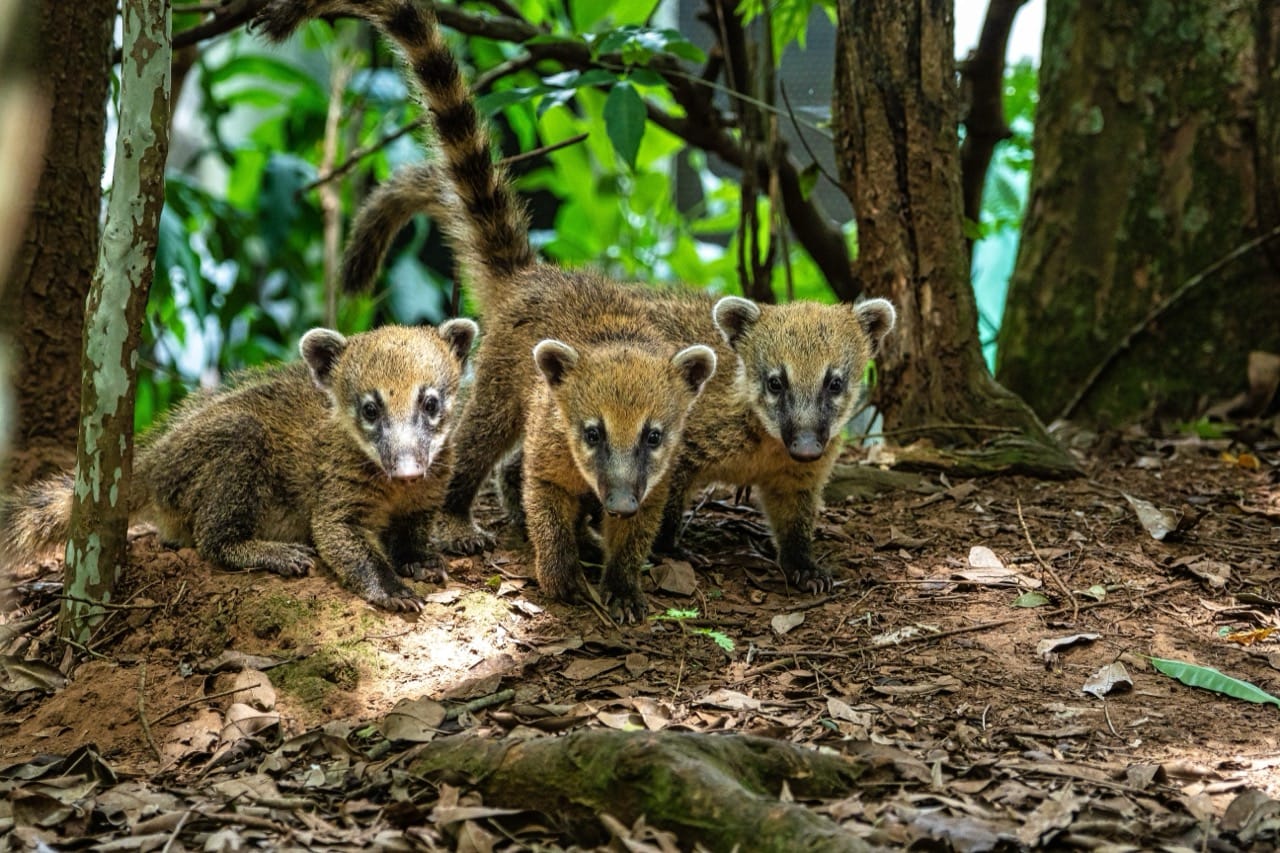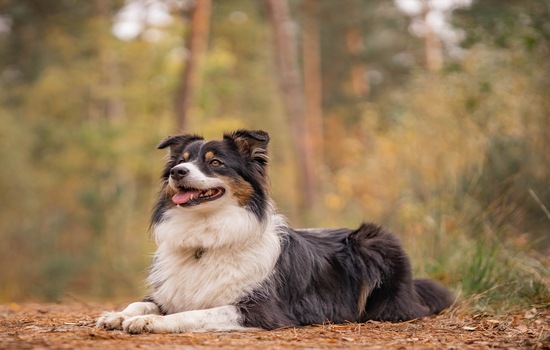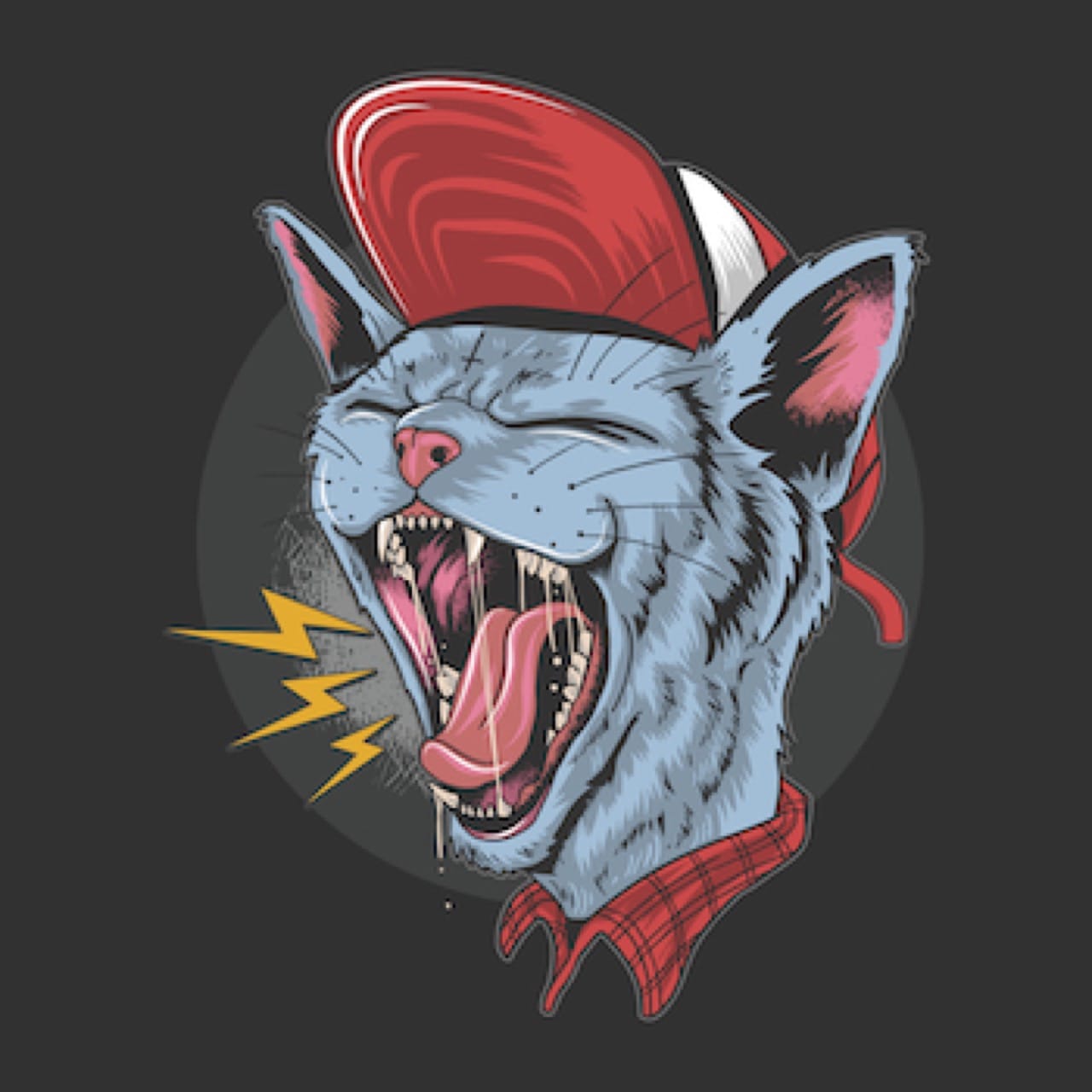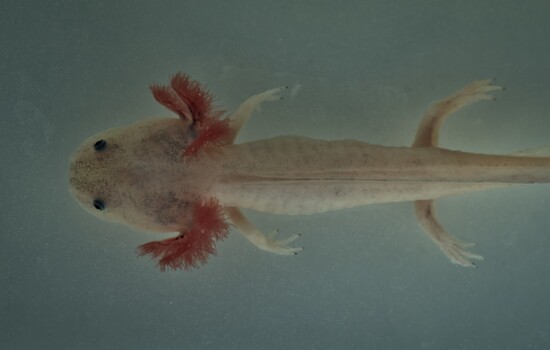The Charismatic Coati: A Whiskered Wanderer
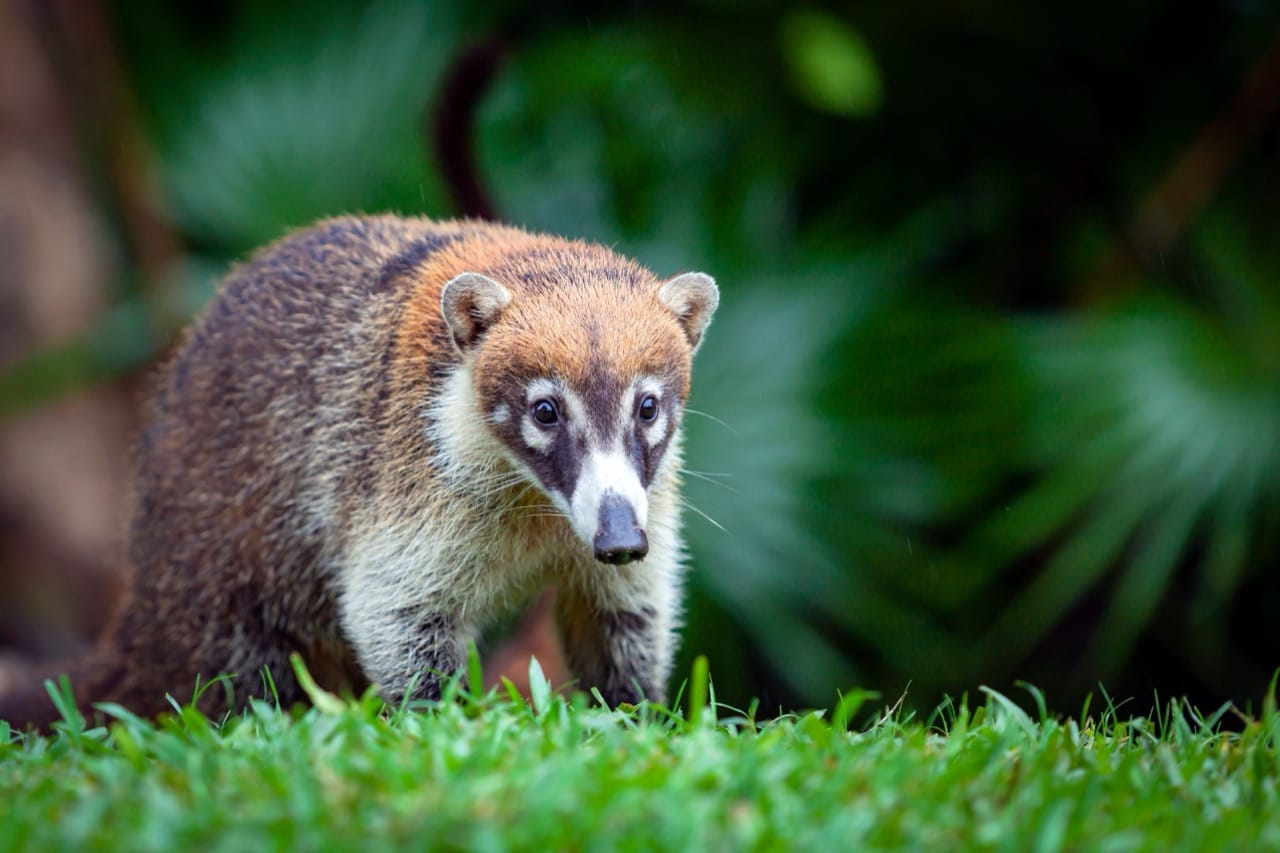
Welcome to the fascinating world of the coati, an intriguing creature that masterfully blends charisma with cunning. Whether you're an animal enthusiast or simply curious, prepare for a journey into the life of one of nature's most adorable bandits. And here's an interesting piece of trivia to kick things off: Did you know coatis have a unique talent for rotating their ankles 180 degrees? They use this skill to descend trees headfirst, showcasing their acrobatic prowess.
Origins and Family Ties
Coatis, or Nasua, hail from the Nasua and Nasuella genera within the Procyonidae family, which also includes their close relatives, the raccoons. These animals are native to the Americas, with their lineage painting a picture of evolutionary adaptability and geographical diversity. Their ancestors embarked on a journey from South to North America, contributing to the vibrant ecosystems of both continents.
A Closer Look: Physical Characteristics
Coatis are known for their distinctive features, which include a long, flexible snout that acts as a natural tool for foraging and a bushy tail often used for balance and communication. They possess a reddish-brown to black coat, with a lighter underbelly and a face marked by white highlights around the eyes and snout. Adults can weigh between 7 to 17 pounds and measure up to 55 inches in length, tail included.
Habitat: Where to Find a Coati
These animals are quite the globetrotters within the New World. They inhabit a range of environments from arid lands to dense forests, thriving mainly in the tropical and subtropical regions of South, Central, and parts of North America. Coatis are versatile in their lodging preferences, comfortable in both the towering tree canopies and the forest floor's intricate understory.
Lifespan: The Circle of Coati Life
In the wild, coatis live approximately 7 to 8 years, a testament to their resilience and adaptability. However, under the protective umbrella of captivity, these creatures can celebrate birthdays up to 14 years, thanks to comprehensive care and absence of natural predators.
Feeding Frenzy: The Coati Diet
Coatis are not picky eaters. These omnivores enjoy a varied diet that includes fruits, invertebrates, other small animals, and the occasional egg. Their long snouts and dexterous paws allow them to dig into crevices and under rocks to unearth delicious morsels, making every meal an adventure.
Behaviour: Social Butterflies or Lone Rangers
The social structure of coatis is a fascinating subject. Females and young males form bands of up to 20 individuals, exhibiting complex social behaviors and strong bonds. Adult males, on the other hand, lead a solitary existence, only joining groups during the breeding season. This dichotomy in social interaction highlights the coati's adaptive social strategies for survival and reproduction.
Predators: The Circle of Life
Despite their agility and intelligence, coatis have natural predators, including jaguars, pumas, and snakes. Birds of prey also pose a threat to younger, less experienced coatis. These predators play a crucial role in the ecosystem, maintaining the delicate balance of nature.
Conservation Status: How Are Coatis Faring?
Coatis are currently listed as "Least Concern" by the IUCN Red List, indicating a stable population. However, habitat destruction and human encroachment pose ongoing threats. Conservation efforts focused on habitat preservation and anti-poaching laws are vital to ensure these charismatic creatures continue to thrive.
Coatis in Culture: Beyond the Wild
The coati has ventured beyond the forest, capturing the hearts of people through folklore and as exotic pets. In some cultures, they symbolize curiosity and adaptability, traits that have endeared them to humans. However, it's important to remember that wild animals have specific needs and thrive best in their natural habitats.
Final Thoughts: The Endearing Enigma
The coati remains one of nature's most endearing mysteries, a creature of adaptability, resilience, and undeniable charm. As we continue to uncover the secrets of these fascinating animals, let's also commit to preserving their habitats and ensuring a future where coatis continue to roam free and wild.
So, the next time you're near a forest or exploring the wonders of the Americas, keep an eye out for the whimsical coati. Perhaps you'll be lucky enough to witness their acrobatic antics or hear the rustle of their foraging. In the coati, we find a reminder of nature's endless creativity and the intricate connections that bind the natural world together.
